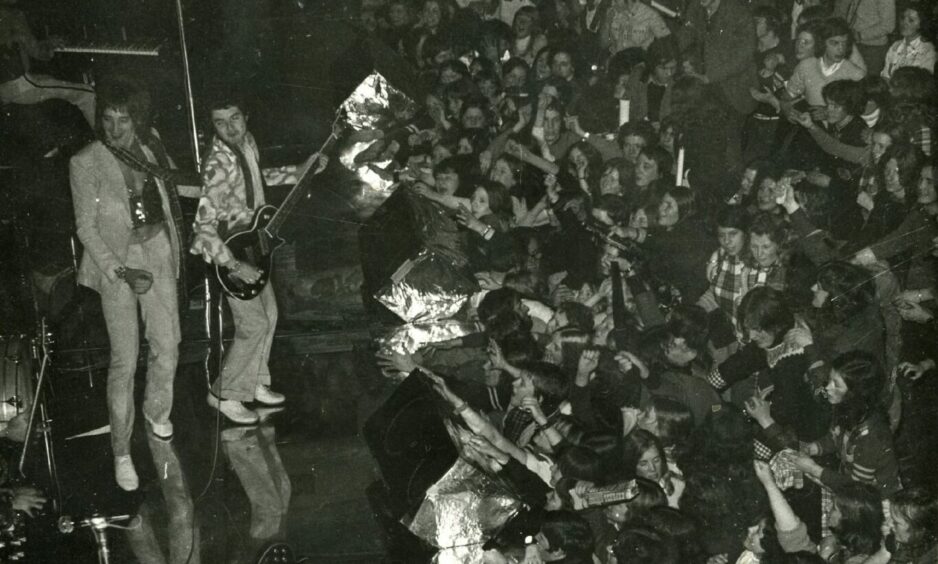
Pop concerts were banned in Dundee after Rod Stewart and the Faces left the Caird Hall “looking like the Black Hole of Calcutta” in 1972.
The concert was somewhat upstaged by the mini riot that took place.
Stewards struggled to control the 2,300-crowd, with seats and plasterwork damaged, and Red Cross volunteers were scrambled to attend to fainting teenage girls.
We have opened DC Thomson’s archives to look back at the evening that Rod the Mod and his bandmates brought pandemonium to the Caird Hall on December 7.
So what happened?
The Caird Hall was no stranger to screaming scenes, going back to 1958 when Tommy Steele was knocked unconscious after being submerged in a sea of 300 screaming girls.
Steele’s right arm was twisted up his back, his shirt was ripped off and his hair was pulled from his head by admirers who mobbed the stage.
The pent-up passions of teenagers in the city was a storm waiting to erupt and Steele vowed afterwards that he would never play Dundee again – and he never did.
The Rolling Stones’ performance at the Caird Hall in June 1965 kept the stewards and ambulance staff busy treating 40 fainting, hysterical and weeping girls.
The Marryat Hall next door was turned into a casualty station with their frenzied fans laid out on blankets on the floor and one girl taken to Dundee Royal Infirmary.
One fan succeeded in breaking the cordon of 50 stewards – who were mostly ex-wrestlers – and ran on to the stage, where she hugged and kissed Mick Jagger.
So the stage was set for another ding-dong battle between the fans and the stewards when Rod Stewart first performed in Dundee with the Faces 50 years ago.
This was the one and only concert in Scotland by the Faces.
The band was formed in 1969 by the remaining members of the Small Faces after lead singer Steve Marriott departed and they were joined by Stewart and Ronnie Wood.
Stewart’s tandem solo career was already taking off following 1971’s Maggie May and fans travelled from far and wide for the sold-out, 2,300-capacity concert.
Seats were not bookable so fans had been queuing from early morning because it was a case of first come, first served, which apparently contributed to the trouble.
The band hadn’t played in the UK since appearing alongside the New York Dolls at Wembley Arena in October 1972 and this was the first night of the Faces tour.
Calm before the storm at 9pm
Stumble were the support and played for 45 minutes before the Faces appeared on stage at 9pm, which prompted a gigantic wave of screams and applause.
Stewart has never hung around with chaps who were happy to turn their amplifiers down a little bit but there wasn’t a guitar on Earth that could drown him out.
The Faces opened the show with a cover of It’s All Over Now and songs by Chuck Berry, Jimi Hendrix, Etta James and Paul McCartney also got the Rod Stewart treatment.
Faces tracks like Stay With Me, That’s All You Need and Gasoline Alley were performed alongside the lament to a lover that made Stewart a star: signature song Maggie May.
NME writer John Pidgeon reviewed the rowdy gig that witnessed a stage invasion, bouncers fighting among themselves and three rows of seats being knocked down.
He said: “No one in the front stalls ever sat down again and, by the end of the second number, it was impossible to distinguish aisles from seats – the whole area was a solid mass of seats which swayed when Rod swayed, waved scarves above their heads when Rod waved his, clapped in time whenever Rod put his hands together, sang along when Rod sang, and screamed whenever he did anything else.
“During Too Bad things began to get a little out of hand.
“Girls who managed to clamber on to the stage got bounced by bouncers who then became reluctant to leave the stage and had to be bounced themselves.
“There were problems with the sound as well, but they got sorted out without the audience apparently being aware that anything was wrong.
“Although the Faces have played better, they’ve rarely put on a more spectacular show, and the feel in the last number, Twisting The Night Away, was incredible.”
The Celtic-daft rocker kicked balls into the crowd when they returned to the stage to perform I Know I’m Losing You and The Marx Brothers’ One Last Sweet Cheerio.
So what happened next?
Hall manager Charles MacDonald said there would be no more pop concerts until further notice, after all existing bookings were honoured.
“We will just have to put on more and more stewards,” he said.
He estimated the cost of damage done to seats and plasterwork by fans at £300.
Mr MacDonald said: “There was a stampede when the Faces appeared on stage and the stewards were pinned against the platform.
“Then people who couldn’t see began standing on their seats to get a better view.
“Often, two or three people were standing on the one seat.”
Mr MacDonald said he would take the matter up with the booking agents.
An emergency repair squad was called in to get the hall ready for a concert by Wishbone Ash, which was scheduled to take place 48 hours after the Faces.
The fallout made the front page of the Evening Telegraph, bringing unwanted headlines after one girl was overcome and taken to Dundee Royal Infirmary.
The paper described “scenes of mass hysteria” and how a trio of Red Cross workers spent the evening treating people “overcome with noise, heat and emotion”.
Assistant commandant Lady Hughes, wife of ex-Lord Provost Lord William Hughes, commandant Winifred Cooper and detachment medical officer Dr Sheena Allardyce were finishing a first-aid class at Reform Street.
Miss Cooper said: “We received a phone call from the Caird Hall telling us that people were fainting all over the place and asking us to come quickly.
“The noise was terrifying. The whole thing was very frightening – youngsters were hanging over the balconies and were in very real danger of falling over.”
Dundee’s medical officer, Ian Weir, had been attending a Town Council meeting nearby and was attracted by the noise from the Caird Hall.
He said: “When I got there it looked like the Black Hole of Calcutta.
“There was a very real danger of an accident and people being crushed.
“I do not think there were enough stewards. Those who were there couldn’t control the crowds.”
Mr Weir suggested that many people fainted because they had been queuing for seats from early morning with hardly anything to eat.
He added: “This, added to the heat, the noise and the emotional state they got themselves in, caused the trouble.”
Dr Weir said the Faces were loud but not as loud as the Stones in 1965!
Were pop bands banished?
Thankfully Dundee lifted the ban and 1973 would bring performances from the likes of Led Zeppelin, Average White Band, David Bowie, Cliff Richard and Shirley Bassey.
Stewart returned to Dundee in 1974 when he opened Bruce’s Record Store on Reform Street following the release of what was the last official single by the Faces.
The Faces split up in 1975 after Stewart severed all connections with the group to work as a solo artist, with Wood already on permanent loan to the Rolling Stones.
He returned to the Caird Hall in January 1977 to perform back-to-back shows during his incredible journey from bluesy rock singer to the mature vocalist he is today.
Stewart’s career has been the stuff that even teenage daydreamers couldn’t make up.
Still going strong at 77, he continues to wear it well.
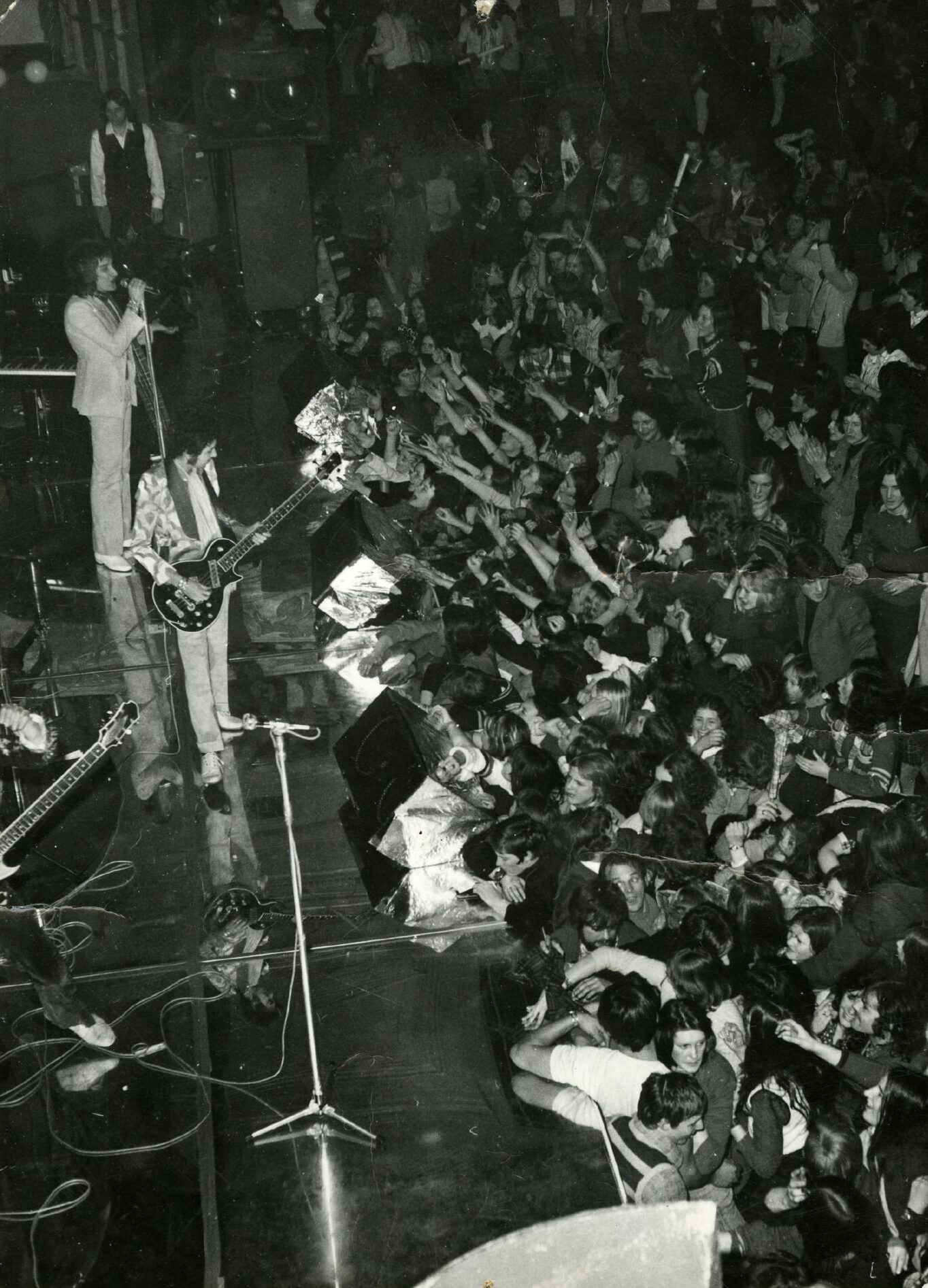
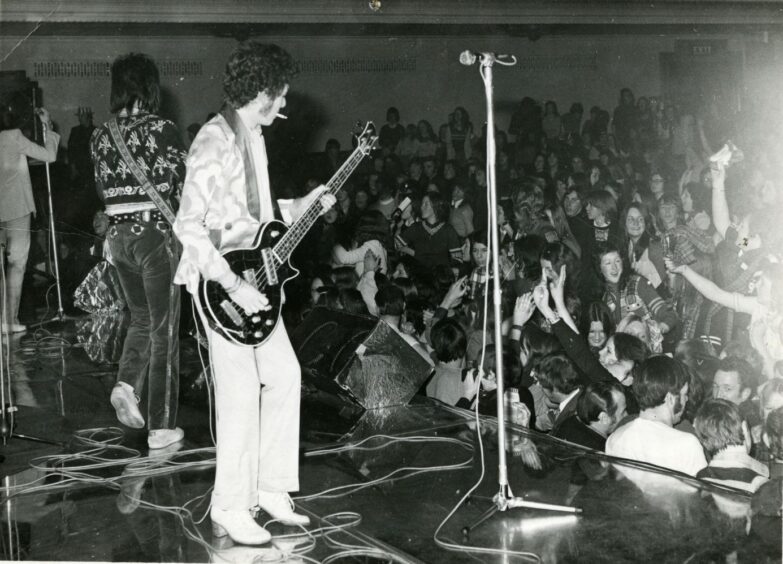
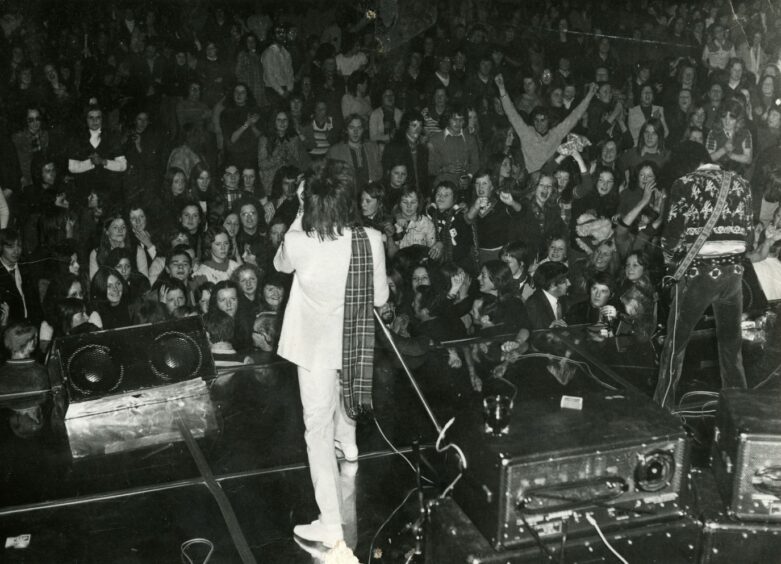
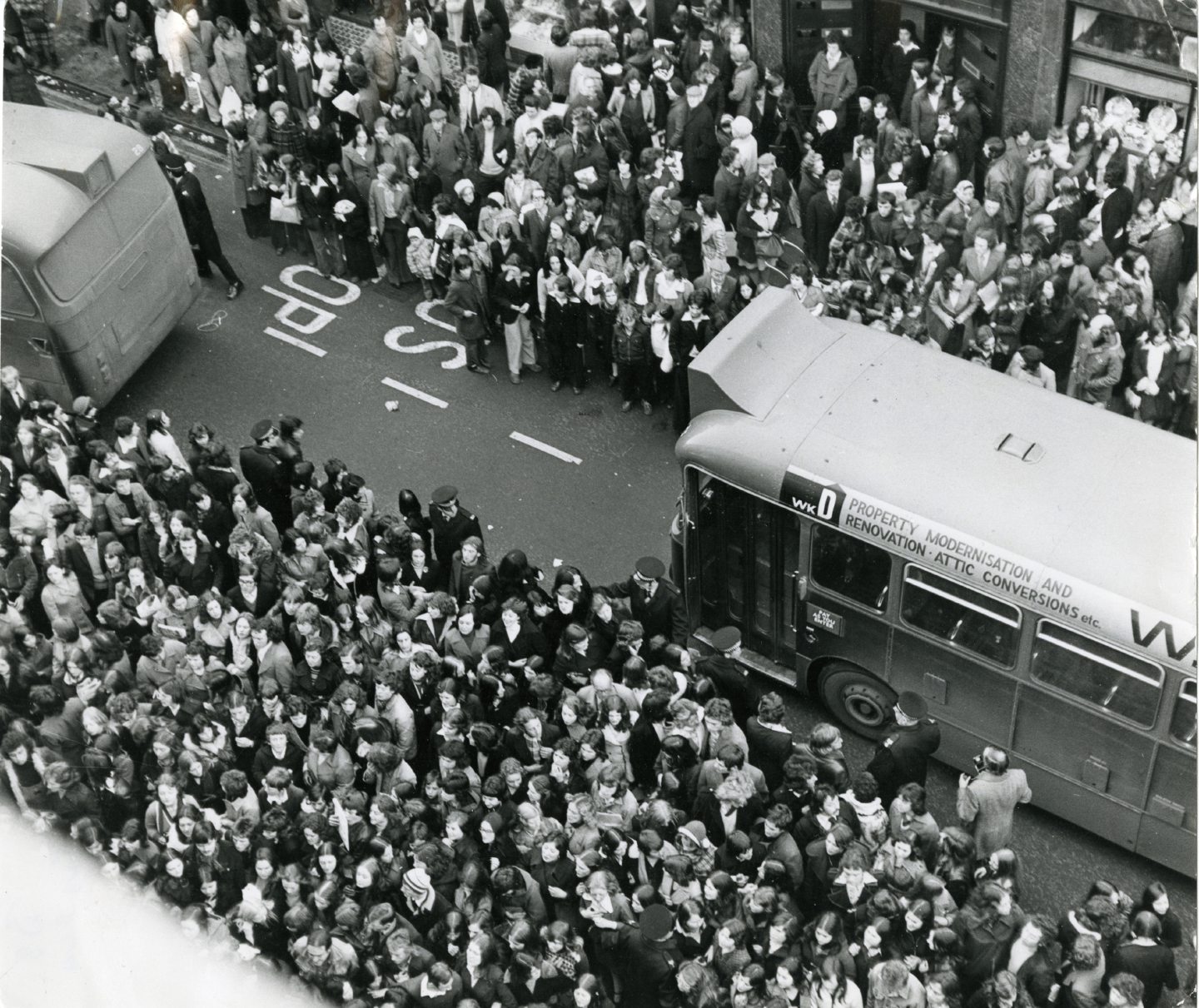
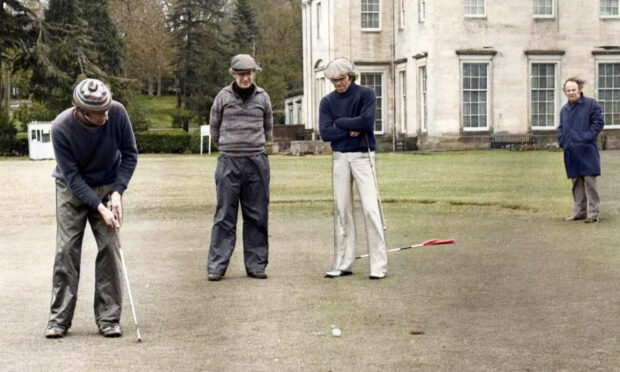
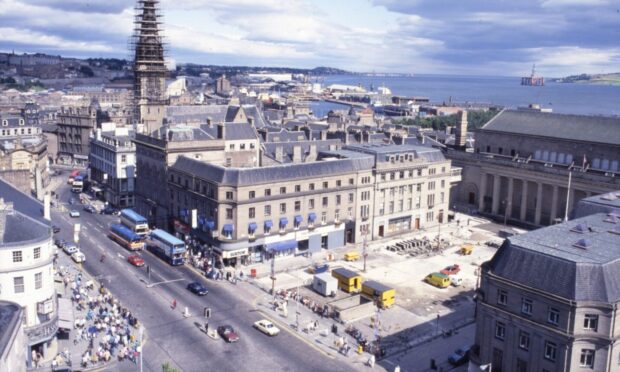
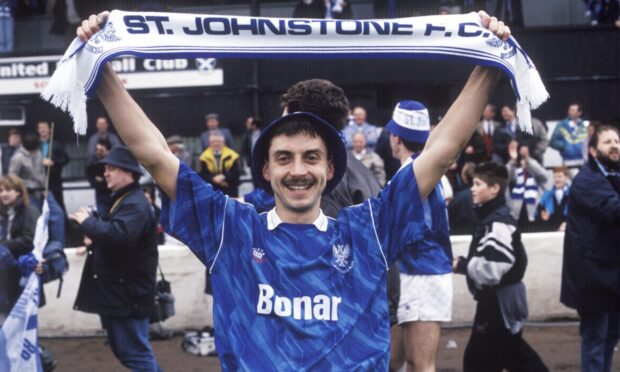
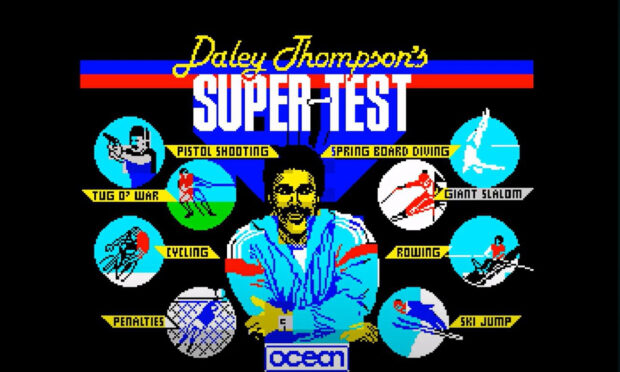
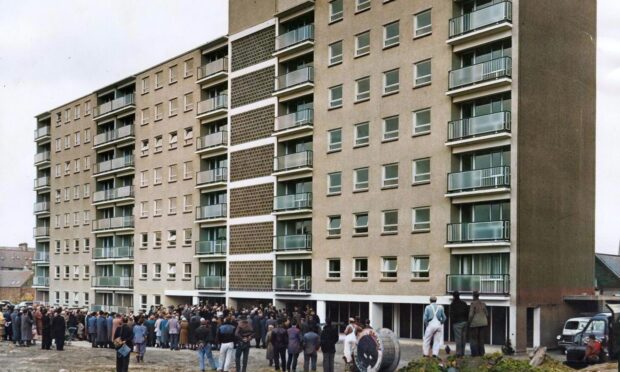
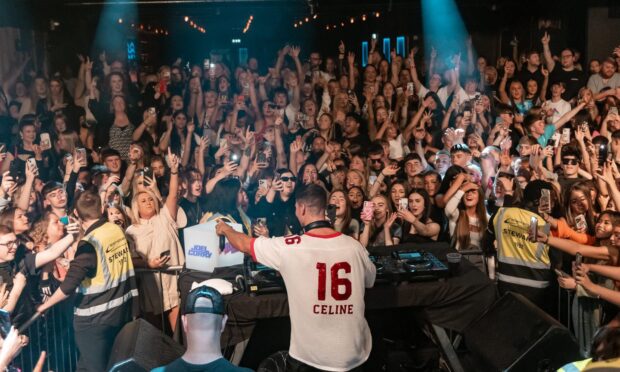
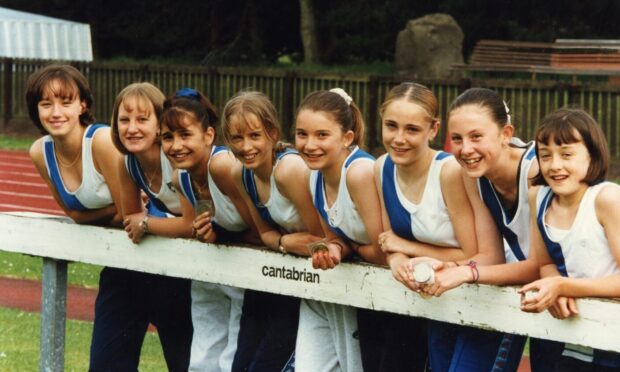
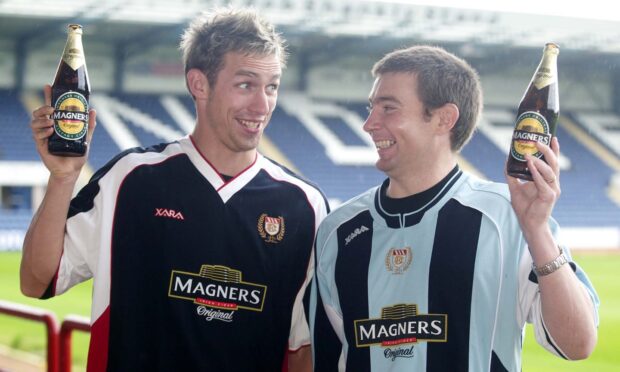
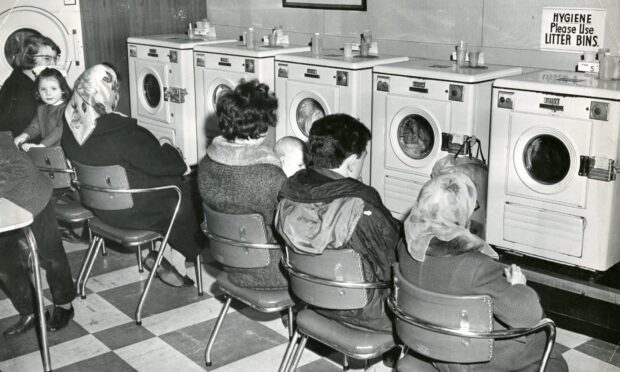
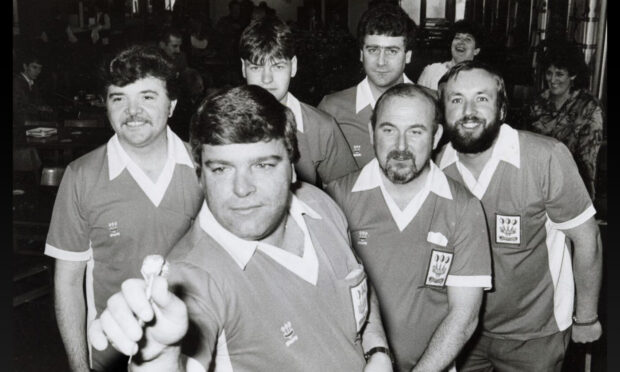
Conversation